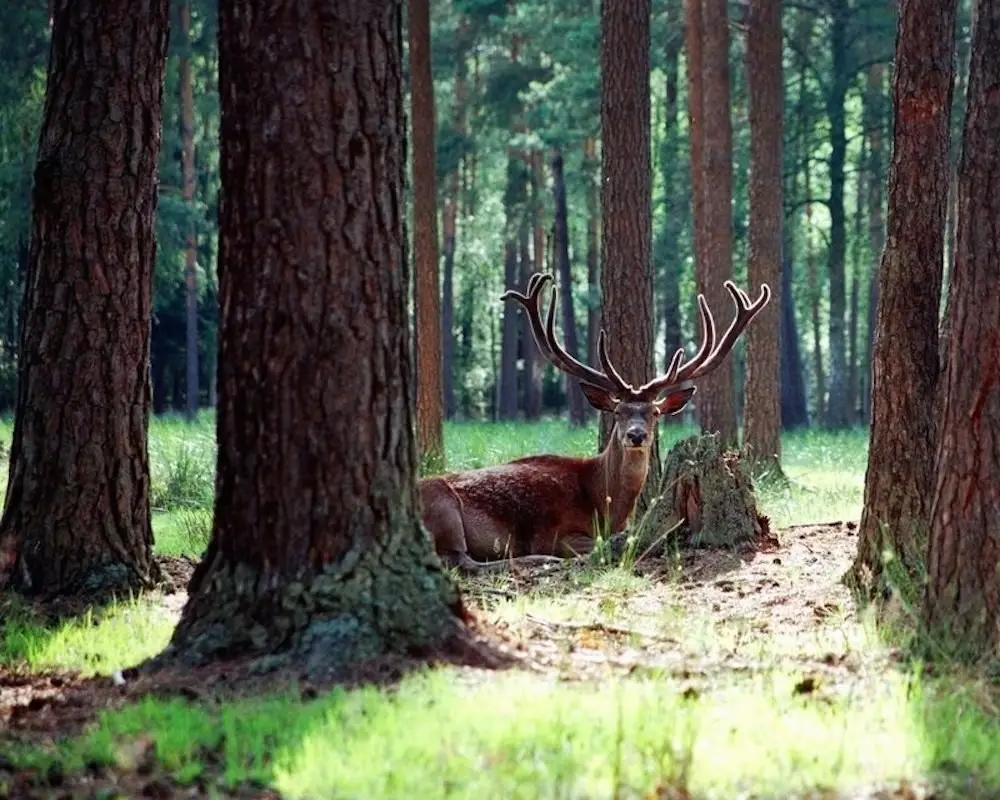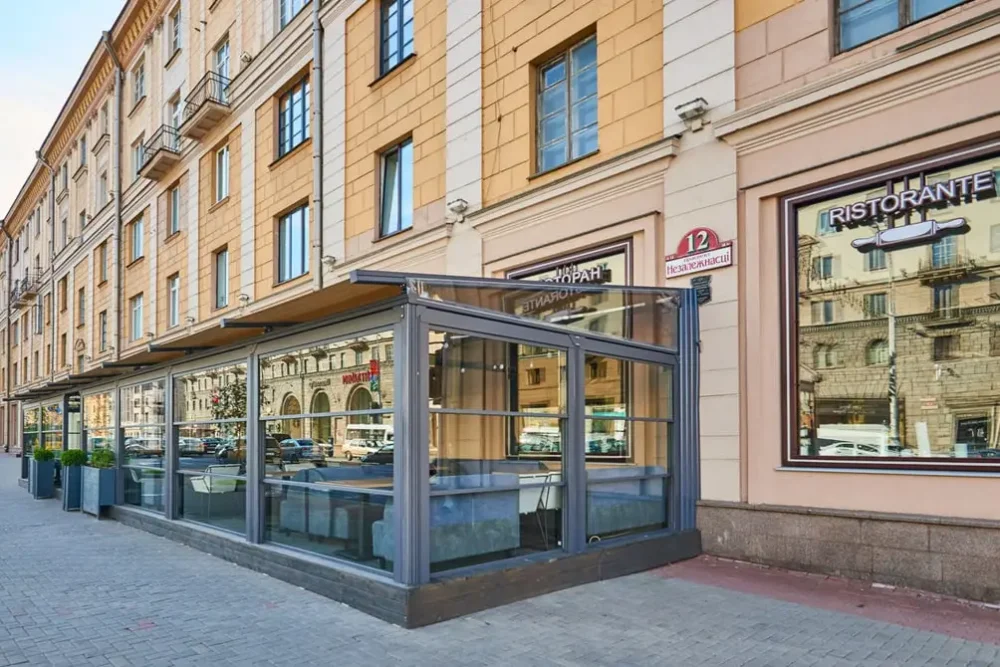In recent years, tourists have been increasingly interested in destinations not associated with mass resorts. Attention to natural spots is growing, especially when it comes to unusual landscapes and picturesque water bodies. One of such phenomena has become the “Belarusian Maldives” – chalk quarries with turquoise water located in different parts of the country. The appearance of these sites is not related to natural origin, but their visual appeal makes them popular points on the domestic tourism map.
How were the chalk quarries formed?
The uniquely colored and structured quarries were formed as a result of industrial activities related to chalk extraction in Belarus. During the development of open deposits, deep pits were formed, which began to fill with underground waters after the completion of work. The mineral composition, including carbonates, gives the water a characteristic blue and azure hue, and the reflection of light enhances the feeling of being in a tropical zone in Belarus.
The depth of such water bodies can reach several tens of meters. At the bottom, technical elements and remnants of mining equipment often remain. Despite their external attractiveness, experts emphasize that swimming in chalk quarries is prohibited due to the risk of collapses and the unpredictable structure of the bottom.
Where are the “Belarusian Maldives” located?
The most famous “Belarusian Maldives” are located in several regions of the country. The most popular sites are near Volkovysk, Krichev, and the village of Khotinovo. Each of them differs in water color, level of infrastructure, and accessibility for visitors. In particular, the quarries in Volkovysk are often used for photo shoots, and the area near Khotinovo is actively studied as a potential tourist zone.
Despite the lack of official protected status, these places are increasingly mentioned among the list of “unusual places in Belarus.” The geographical accessibility from Minsk and Grodno makes them convenient for short trips and weekend tourist routes.
Nature and water: why are they compared to the Maldives?
The name “Belarusian Maldives” arose thanks to the extraordinarily bright water color and light shores covered with sedimentary rocks. And although the climate in Belarus is fundamentally different from the equatorial one, the visual parallels are evident. Turquoise water, white cliffs, desert landscapes, and the complete absence of urban development create a sense of secluded paradise.
The contrast between the bright water and white shores is achieved due to the high concentration of chalk in the soil. In sunny weather, the color of the water changes from blue to rich turquoise, depending on the angle of sunlight and cloud cover.
Why visit the “Belarusian Maldives”?
Despite the restrictions related to swimming, the “Belarusian Maldives” continue to attract travelers due to their unique aesthetics and the opportunity to immerse oneself among almost otherworldly landscapes. Below are the main advantages of such locations:
- photogenic and visually unique;
- quiet and lack of mass tourism;
- clean air and environmentally safe areas;
- atypical color palette of landscapes for the region;
- accessibility from major cities – Minsk, Grodno, Krichev.
Such locations become not just points of interest, but places where the perception of space and nature changes. It is an opportunity to experience a different dimension without leaving the country.
What to consider when visiting the quarries?
Despite the external beauty, visiting chalk quarries in Belarus requires observing precautionary measures. Approaching the edge is prohibited due to unstable ground and collapses. It is also important to remember that most water bodies are not intended for mass recreation, and visiting them is at one’s own risk. From a safety perspective, it is important to remember the following:
- the quarry areas are not equipped with official beaches;
- there are no rescue services and infrastructure;
- the depth is not visible – the bottom may sharply drop down;
- the water is technical and may contain lime compounds;
- lack of communication and route markings.
By maintaining distance and exercising basic caution, staying in such areas becomes safe and comfortable.
“Maldives” as a study object
From a scientific point of view, the “Belarusian Maldives” are interesting as an example of an anthropogenic landscape transformed into a tourist attraction. They demonstrate how industrial sites can gain new life through natural factors. These areas are gradually becoming the subject of interest for researchers in geology, hydrology, and territorial planning.
The formation of water bodies occurs naturally, through capillary filling of rocks. The ecosystem in such places develops in a special way. Many quarries have become natural reservoirs where over time microorganisms, plants, and birds appear.
What to see near the chalk quarries?
Most Belarusian Maldives are located near small settlements where interesting attractions can be found. The region around Volkovysk is famous for its ancient estates, natural landmarks, and archaeological sites. Near Krichev, there are lakes, rivers, and abandoned industrial areas transformed by enthusiasts into cultural clusters. Additionally, you can include in your itinerary:
- a museum in Grodno and a walk in the old town;
- an excursion to chalk dumps and former mines;
- hiking routes along rivers near Minsk;
- trips to nearby lakes;
- birdwatching in isolated natural areas.
Such a journey combines visual pleasure and cultural enrichment. As a result, the trip acquires a comprehensive format – from solitude to exploration.
Conclusion
The uniqueness of quarries with azure water allows the “Belarusian Maldives” to be classified among the most unusual natural sites in the country. Their visual resemblance to tropical landscapes and easy accessibility make such places in demand in the context of domestic tourism. Despite swimming restrictions, a trip to chalk zones becomes a full-fledged experience: aesthetically rich, atmospheric, and emotionally vivid. Proper route organization, adherence to safety rules, and interest in geographical features make such trips a true discovery!
 en
en  ar
ar  de
de  es
es  fr
fr  nl
nl  ru
ru  hi
hi  it
it  pt
pt  el
el 



